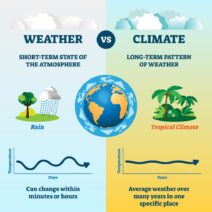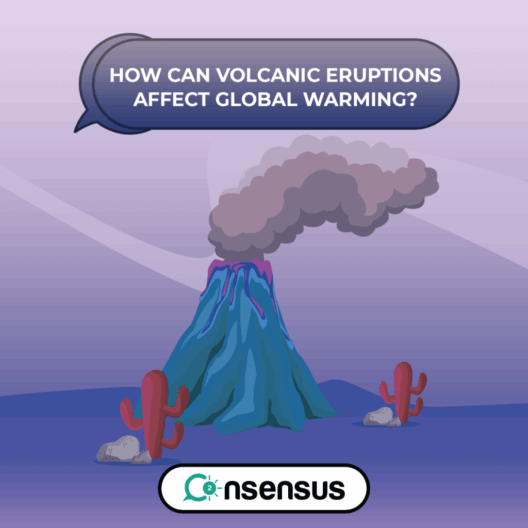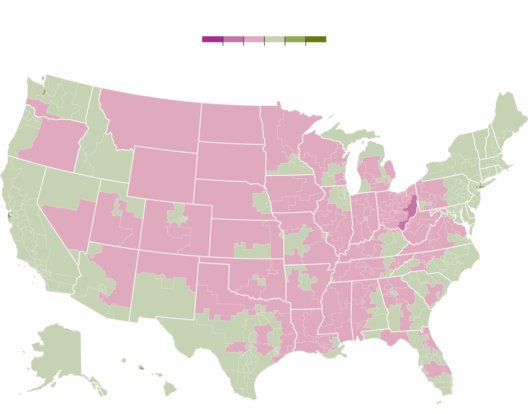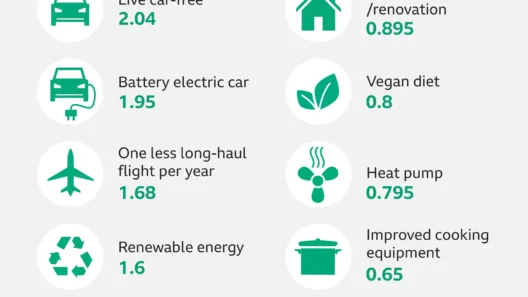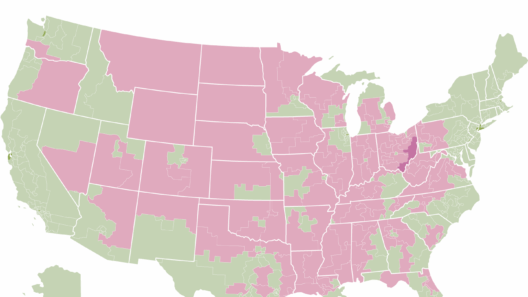The dynamic relationship between climate and landforms is a fascinating subject that opens doors to understanding the intricate mechanisms of our planet. Can climate truly affect the way our landforms evolve? What role do weather, water, and time play in sculpting the landscapes we inhabit? These ponderings invite both curiosity and reflection, prompting an exploration of the fascinating interplay between climatic conditions and the geological features that characterize our environment.
Landforms, with their diverse shapes and sizes, arise from a multitude of geological processes, including tectonic plate movements, erosion, sediment deposition, and volcanic activity. However, it is essential to acknowledge that climate—defined as the long-term patterns of temperature and precipitation—plays a pivotal role in shaping these features. From arid deserts to lush valleys, the climatic conditions of a region dictate not only the flora and fauna but also the very contours of the land itself.
Weather, the atmospheric condition over short time frames, catalyzes immediate changes to the land’s surface. For instance, heavy rainfall during a storm can cause sudden erosion, leading to landslides that permanently alter the topography. The relentless action of wind can also etch away at mountainsides, sculpting dramatic features such as hoodoos and mesas in arid environments. Moreover, the freeze-thaw cycle in colder climates contributes to the breakdown of rocks, a process known as frost wedging. Here, water infiltrates cracks in the rock, freezes, expands, and eventually causes the rock to fracture. Over time, this interplay between weather and landforms can lead to striking landscapes, showcasing nature’s artistic prowess.
Another fundamental element in this discussion is the effect of water on landform development. Rivers, glaciers, and oceanic activity are primary agents of shaping the Earth’s surface. Consider the power of a river: over millennia, it can carve deep canyons, meander through valleys, and create deltas as sediments are deposited downstream. The Mississippi River, for instance, has constructed a vast delta that teems with biodiversity and serves as a vital front in combating rising sea levels.
Moreover, the actions of glaciers cannot be underestimated in shaping landforms. In the cooler climate of the last Ice Age, massive ice sheets sculpted the landscape, leaving behind features such as fjords, moraines, and drumlins. As climate change unfolds, the retreating glaciers reveal the striking features they’ve shaped beneath. Areas once concealed under ice are now exposed, showcasing the influence of warming temperatures on geological formations. This begs the question: as glaciers recede, what new landscapes will emerge, and how will ecosystems adapt to these changes?
Time is another key factor in the interaction between climate and landforms. Geological processes operate over extensive periods, and the longer the time frame considered, the more pronounced the effects of climate become. The persistence of certain climatic conditions, such as prolonged aridity or excessive rainfall, can lead to distinct landforms. For example, over millions of years, wind in desert regions can lead to the formation of vast sand dunes, while consistent rainfall in temperate zones encourages the growth of lush forests and sculpted hills.
Climate variability emphasizes the importance of adaptation in response to changing conditions. Landforms are not static; they are in a constant state of flux. As the Earth’s climate shifts, whether due to natural cycles or anthropogenic influence, the processes that shape the landscape will evolve correspondingly. In regions that become drier, erosion may accelerate, leading to increased susceptibility to landslides and loss of topsoil. Conversely, areas experiencing intensified rainfall may find themselves at risk of flooding, reshaping the contours of the land in the blink of an eye.
The implications of these changes extend beyond geology. Understanding how climate affects landforms is critical for predicting the future of ecosystems and human activities. Urban planning, agriculture, and conservation are all influenced by the stability or instability of the land. Countries grappling with the consequences of climate change must consider how shifting weather patterns may lead to abrupt alterations in their landscapes, thereby impacting food security and biodiversity. In these discussions, the questions multiply: How can we sustainably manage these changes? What protections can we enact for vulnerable communities?
The intricate interplay of climate, weather, water, and time epitomizes the delicate balance that governs our planet’s physical features. As we marvel at the majesty of mountains, the tranquility of valleys, and the power of rivers, we must remain cognizant of the forces that carve these landscapes. Our understanding of these processes is crucial, not merely for academic inquiry, but for cultivating a sustainable coexistence with our planet. As we wrestle with the challenges posed by a changing climate, one thing remains indisputable: the landscapes of tomorrow will be shaped by the actions we take today. What will they look like? The answer depends on our choices, as both stewards and inhabitants of this dynamic Earth.


